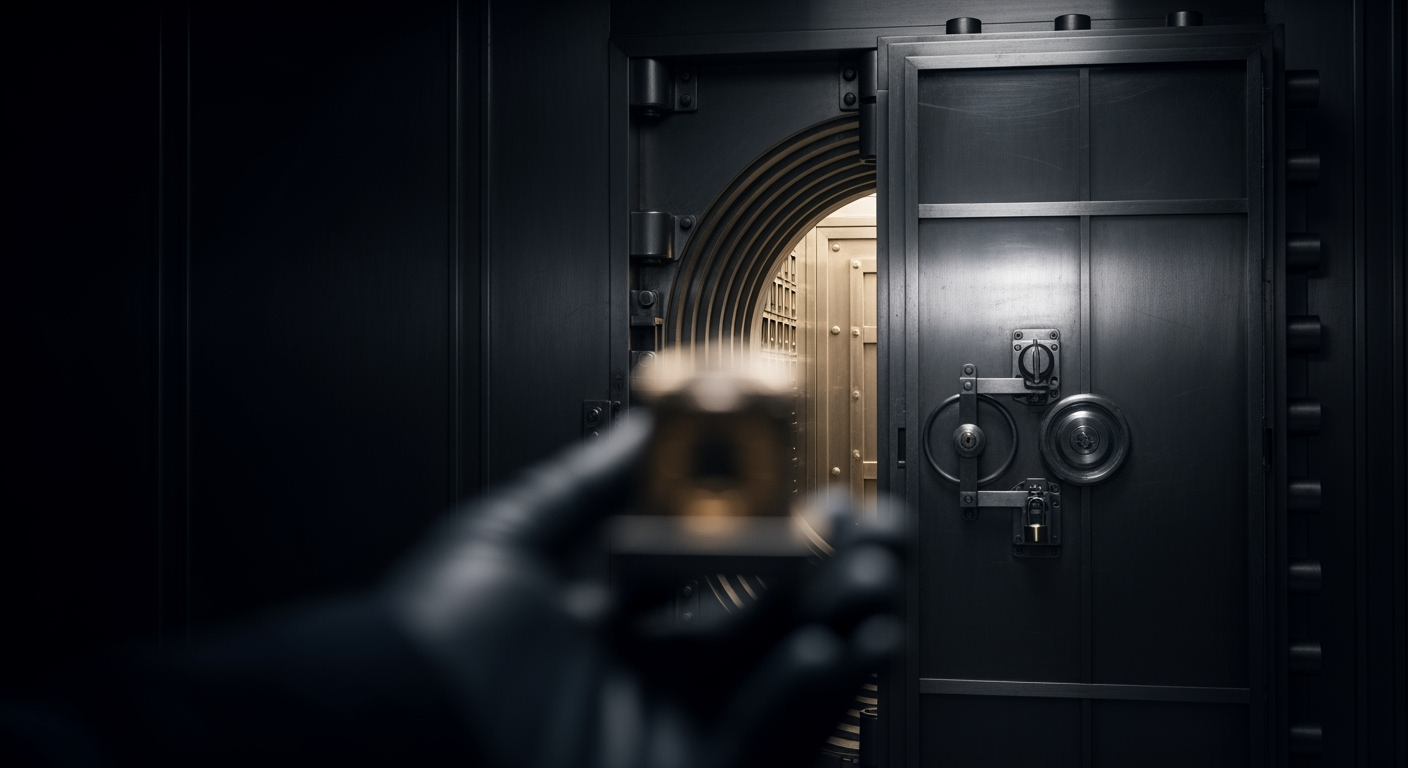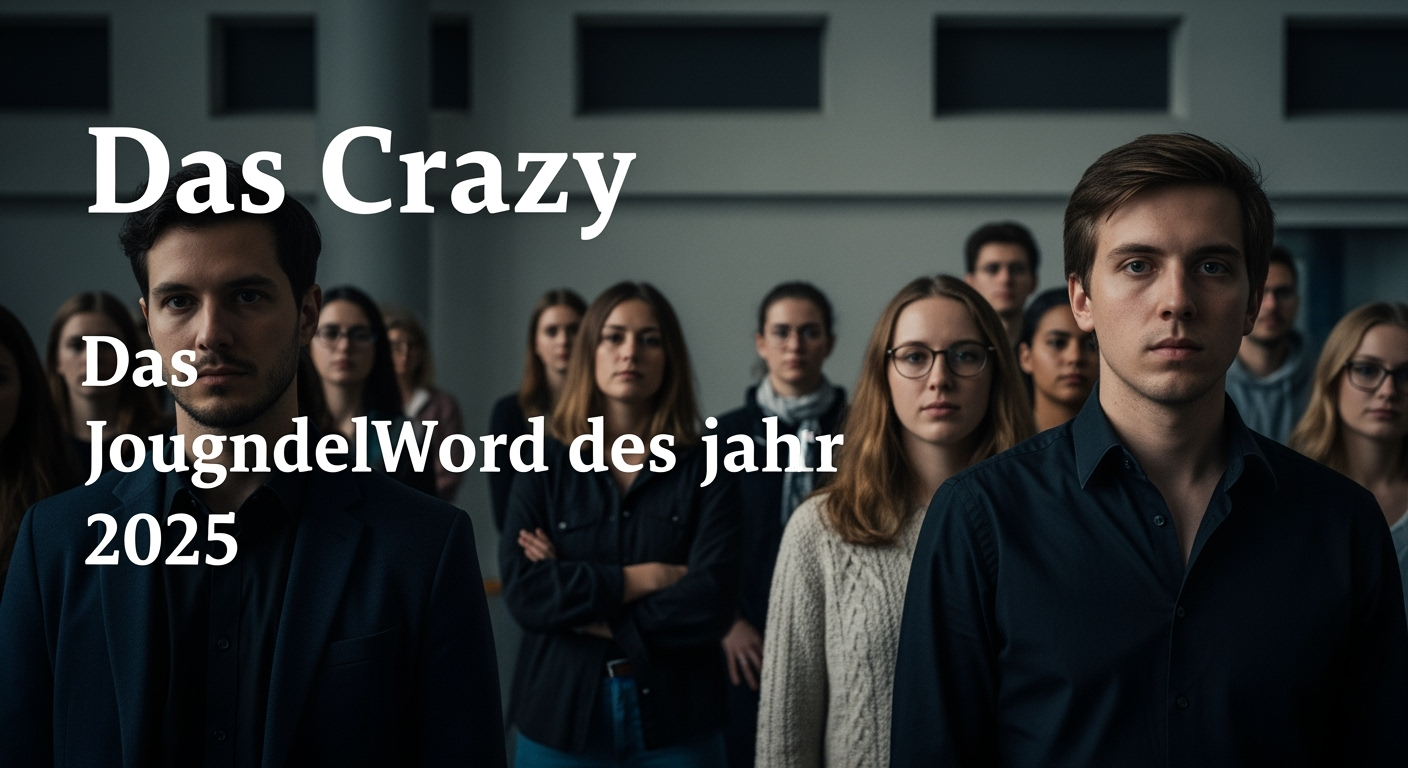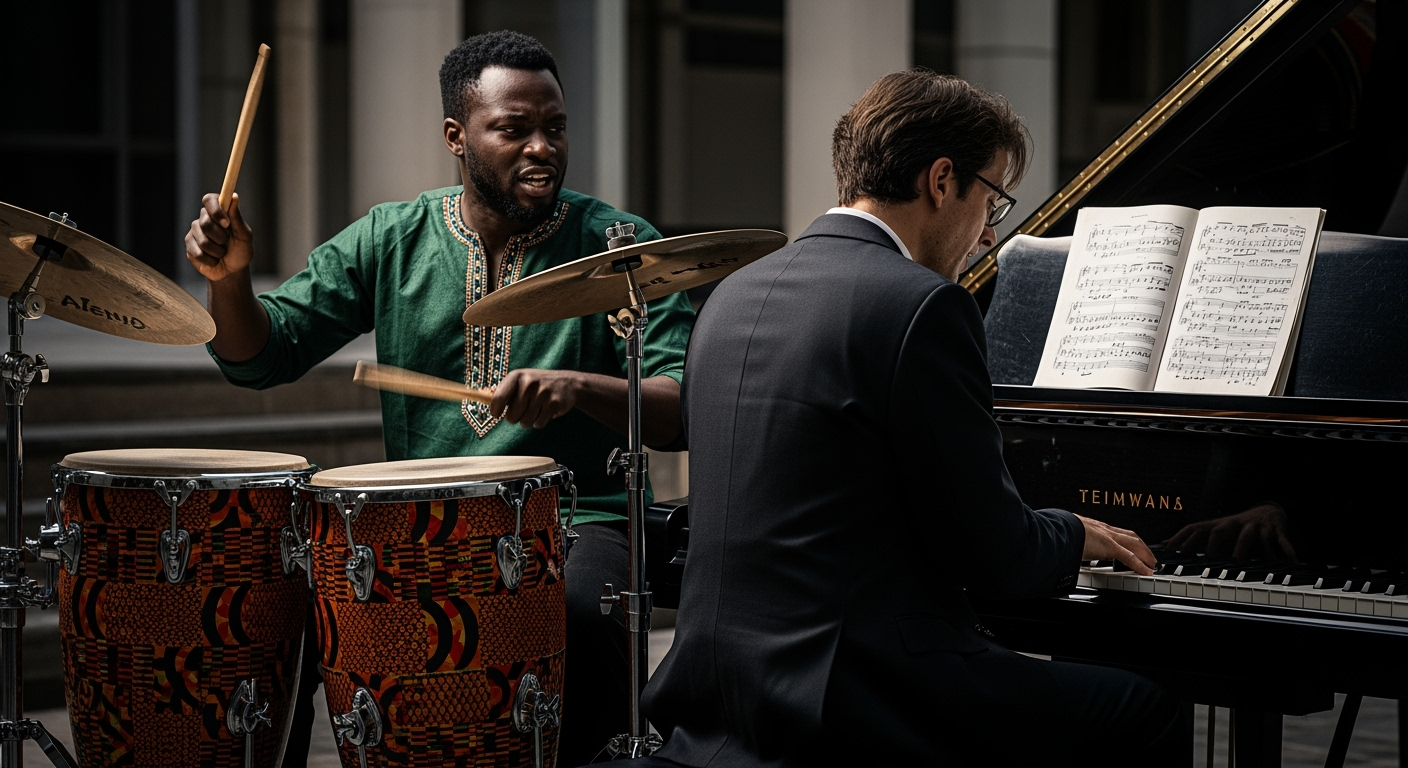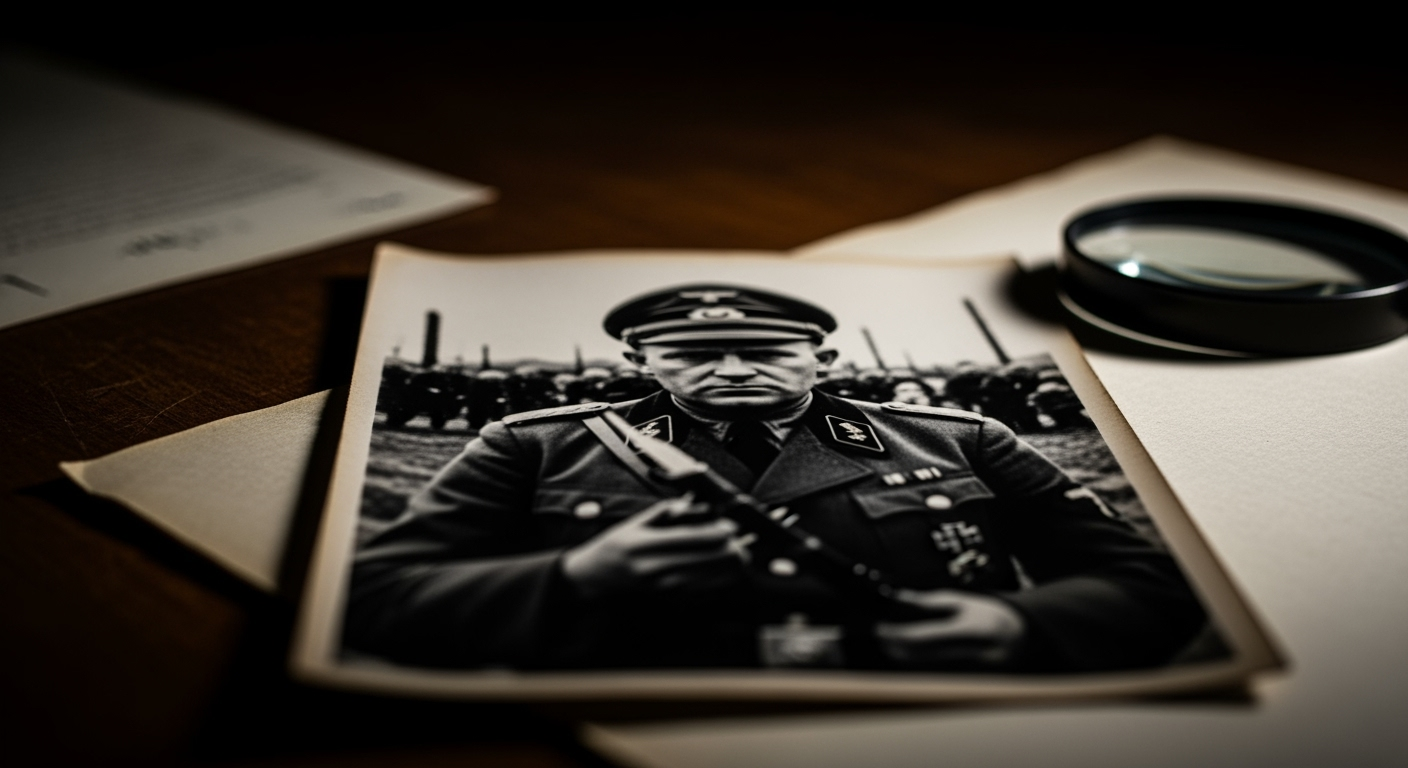Related Articles

Daring Daylight Heist Shakes Louvre, Priceless Jewels Vanish

"Das crazy" Crowned German Youth Word of the Year 2025, Reflecting English Influence and Linguistic Nuance





BERLIN, Germany – For over eight decades, a single, searing photograph has served as an enduring testament to the unimaginable brutality of the Holocaust, depicting a Nazi SS officer in the act of executing a kneeling Jewish man over a mass grave. This iconic image, long mistakenly known as "The Last Jew in Vinnitsa," has now yielded a critical piece of its tragic puzzle: the identity of the Nazi perpetrator. German historian Jürgen Matthäus, through meticulous research, collaboration with relatives, and the aid of artificial intelligence, has identified the SS officer as Jakobus Oehnen, a former schoolteacher who became a participant in the systematic mass murders of Jews in Ukraine in 1941. This breakthrough not only adds a name to a face in one of history's most chilling visual records but also underscores the relentless pursuit of truth and accountability for Holocaust-era atrocities.
The photograph, stark in its depiction of dehumanization and cold-blooded murder, captures an SS officer, pistol raised, poised to shoot a Jewish man kneeling on the precipice of a pit filled with corpses. In the background, other German soldiers observe the scene with an unsettling calm. For years, the image circulated widely, notably introduced as evidence during the 1961 trial of Adolf Eichmann in Jerusalem by Holocaust survivor Ed Moss, who had obtained it in Munich in 1945. Despite its powerful impact and widespread recognition, the precise details of the event – its location, date, and, crucially, the identities of those depicted – remained largely unknown, shrouding the atrocity in a generic anonymity that, while horrific, lacked the specificity researchers yearned for. The misnomer "The Last Jew in Vinnitsa" persisted for decades, obscuring the true context of the killing.
The crucial turning point came through the dedicated efforts of Jürgen Matthäus, formerly the head of the research department at the U.S. Holocaust Memorial Museum. His investigation led him to a negative of the photograph within the wartime diary of Austrian Wehrmacht officer Walter Materna. Materna's inscription on the negative provided a vital clue, identifying the scene as "Execution of Jews by the SS. Fortress Berdychiv," and dating it to July 28, 1941. This corrected the long-held belief about the location, shifting it from Vinnitsa to Berdychiv, a city located approximately 90 kilometers north of Vinnytsia in present-day Ukraine. Berdychiv, historically a vibrant center of Hasidic Judaism, was occupied by Nazi forces just weeks before the massacre, setting the stage for the systematic extermination of its Jewish population.
Matthäus's initial findings, published in 2023, confirmed the date, location, and the unit involved in the mass shooting: Einsatzgruppe C, one of the mobile killing units deployed by the Nazis during their invasion of the Soviet Union. These preliminary publications, especially in German media, proved instrumental in advancing the identification process. A significant breakthrough occurred when a reader contacted Matthäus, believing the gunman in the photograph could be his wife's uncle, Jakobus Oehnen. This relative provided historical documents and family photographs of Oehnen, which became invaluable comparison material.
The final, conclusive step in the identification relied on advanced technology. Artificial intelligence (AI) tools were employed by a private investigator and research firm to compare the newly provided family photos with the infamous 1941 image. The AI analysis confirmed the match with a reported 99% certainty, solidifying the identification of Jakobus Oehnen as the Nazi officer committing the murder. This collaboration between traditional archival research, public outreach, and cutting-edge forensic technology highlights new pathways for historical investigation, particularly in cases where human witnesses are no longer available. Matthäus published his comprehensive findings in the historical research journal Zeitschrift für Geschichtswissenschaft.
Jakobus Oehnen, born in 1906 in Tichelwarf, a small village near the German-Dutch border, presents a chilling portrait of how seemingly "ordinary" individuals were drawn into the machinery of mass murder. Before the war, Oehnen was a teacher, instructing English, French, and physical education. His path to becoming an SS officer began years before Hitler's rise to power, as he joined the SA, the Nazi Party's paramilitary wing, at the age of 25. A year later, he enlisted in the SS. This trajectory from an educated professional to a member of a death squad challenges simplistic notions of perpetrators as inherently monstrous or uneducated.
Upon the Nazi occupation of Poland, Oehnen was deployed there, and research indicates he had already participated in mass executions prior to the Berdychiv massacre. He served with Einsatzgruppe C, a unit responsible for horrific atrocities across Eastern Europe. By the fall of 1942, Oehnen's unit alone had murdered over 100,000 civilians, the vast majority of whom were Jews. The massacre in Berdychiv on July 28, 1941, occurred just three weeks after the city's occupation and days before its Jewish population was forcibly concentrated into a ghetto. Materna, the Wehrmacht officer whose diary contained the photo negative, provided a detailed account of the massacre, describing executions at the site and soldiers firing into mass graves to ensure no survivors. When the Red Army liberated Berdychiv in January 1944, only 15 Jews remained out of a pre-war population of 20,000. Oehnen himself did not survive the war, reportedly killed in combat in 1943.
The identification of Jakobus Oehnen reverberates with profound historical and moral significance. It transforms an abstract representation of evil into a concrete, individually accountable act. The "banality of evil," a concept coined by Hannah Arendt during her reporting on the Eichmann trial, finds stark illustration in Oehnen's background as an educated teacher who seamlessly integrated into a genocidal apparatus. His perceived normalcy before the war, and his willingness to participate in such horrific acts, serves as a sobering reminder of the complex motivations and societal conditions that facilitate mass atrocities.
This discovery contributes critically to the ongoing effort to document the Holocaust, particularly the "Holocaust by bullets" in Eastern Europe, where millions of Jews were murdered through mass shootings rather than in extermination camps. Pinpointing specific perpetrators and the details of their actions provides invaluable data for historians, offering deeper insights into the organizational structure, individual complicity, and daily realities of the genocide. Furthermore, it reinforces the principle that even decades later, individual responsibility for crimes against humanity can, and must, be established. While Oehnen cannot face justice, his identification serves as a posthumous reckoning, denying him the anonymity that many perpetrators enjoyed.
The collaboration with Oehnen's relatives, driven by a desire for historical truth, also highlights the evolving generational engagement with Germany's past. The willingness of family members to confront uncomfortable truths, combined with the innovative application of AI, demonstrates new avenues for uncovering buried histories and confronting collective memory. The fact that the victim in the photograph remains unidentified, however, serves as a poignant reminder of the millions whose lives were extinguished, their individual stories tragically lost to history, an anonymity that continues to challenge those who seek to fully grasp the human cost of the Holocaust.
The identification of Jakobus Oehnen in the infamous 1941 Holocaust photograph is a testament to the enduring power of historical inquiry and the imperative to remember. It brings specificity to an iconic image of horror, transforming a faceless act of barbarity into the crime of a named individual. This breakthrough, achieved through a blend of traditional scholarship and modern technology, not only enriches our understanding of the Holocaust but also reinforces the vital role of continuous research in combating historical revisionism and preserving the memory of the victims. Each name identified, each detail uncovered, contributes to a more complete and accurate historical record, serving as a powerful deterrent against future atrocities and a somber reminder of the vigilance required to uphold human dignity.